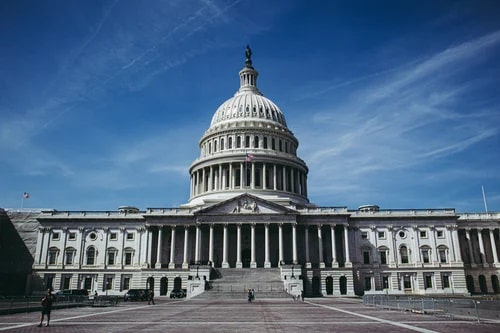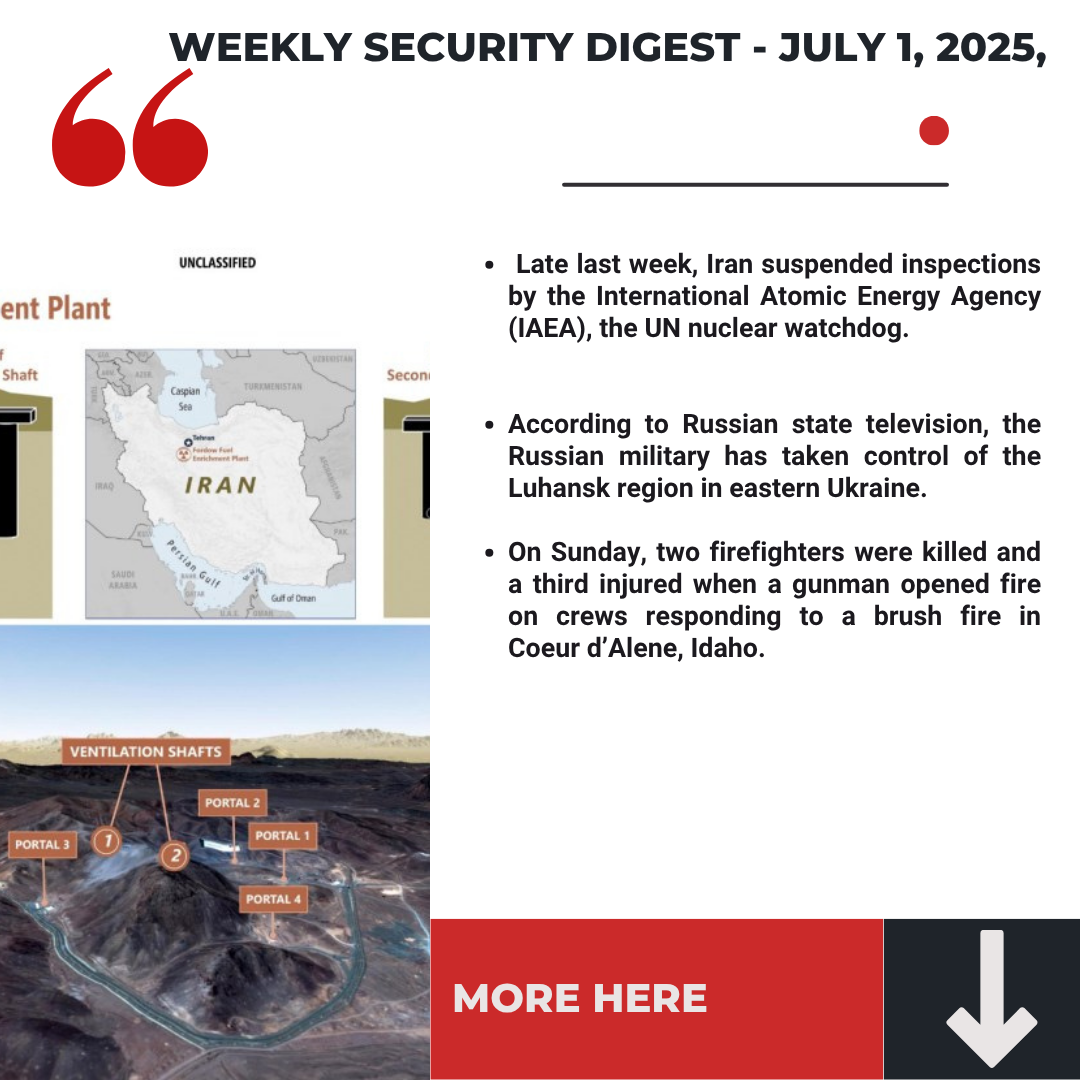The Security Failures of Capitol Hill
When a large group of insurrectionists stormed the Capitol on January 6, 2021, it quickly became apparent that the few hundred members of the US Capitol Police on duty were unequipped and ill prepared to handle the situation. While a presidential inauguration or a State of the Union address typically involves comprehensive security plans, none were in place for the bipartisan session of Congress when Joe Biden would be officially approved as the winner of the 2020 election. This has led to tremendous debate as to what happened and why.
What went wrong?
Law enforcement officials have called this breach one of the worst security lapses in recent US history. But what went wrong? Unfortunately, from our perspective there was not one blunder, but many – some due to poor planning, neglect, and even by design (according to some experts). Law enforcement officials ignored warning signs, completely misread the situation, neglected to call for timely back-up, and had no defenses at several points of access after the front steps. Such planned protests are typically met by layers upon layers of security personnel, protocols, procedures and redundancies. The multitude of law enforcement agencies and organizations available and trained to protect the Capitol are more than equipped and prepared to handle almost any eventuality. So, why was there a systemic and deadly breakdown?
Ignoring the warning signs
Weeks prior to the congressional session in which the electoral votes would be counted, many political leaders fanned the flames of discontent on social media. They repeated the same mantra to supporters – that the election had been stolen – which led to the now infamous chant of “Stop the Steal!” during the riots.
Social media incitement should have been a red flag to law enforcement that extra security was needed. Hundreds of protestors had telegraphed an intent to “Storm the Capitol” that day, with over 100,000 instances of that phrase alone typed out on various platforms. When Donald Trump held a rally and called on his supporters to “walk down to the Capitol,” security forces should have been mobilized immediately. Unfortunately, the warning signs were ignored. The full rationale as to why will likely be revealed in the coming months.
Grossly mistaken expectations
On the surface, it seems like there was a severe lack of planning for January 6. However, as we now know, security was discussed in detail by the Justice Department, city officials, the military, and federal law enforcement. The problem was that the strategy was completely off. When the Defense Department offered Capitol Police troops from the National Guard before the event, the offer was reportedly turned down. Capitol Police were deployed without riot gear and in insufficient numbers. So, while planning took place, the expectations were grossly mistaken.
Where is the backup?
Once it became apparent that the rally had turned into a riot, back-up should have been called immediately. Initially, the only law enforcement officers were a few hundred members of the Capitol Police supported by insufficient numbers of DC Police officers (MPD). Absent were critically needed reinforcements from the Park Police, Federal law enforcement agencies, and the National Guard. Many have commented about the lack of mounted units typically present during such protests. It took at least an hour for reinforcements like the National Guard (in insufficient numbers) to arrive on the scene.
Inability to secure the building
The steps leading up to the Capitol are the main point of entry into the complex, and Capitol Police are trained to keep people off the steps. However, once the rioters gained access to the steps, securing the many doors and windows became impossible. Rioters flooded into the building and roamed freely while Capitol Police were overwhelmed by the sheer number of intruders.
Preventing future security breaches
A federal law enforcement official described the storming of the Capitol on January 6 “as the darkest day since 9/11.” Steven Sund, Chief of the U.S. Capitol Police, and two other senior officials have resigned. But harsh critiques and resignations are only the beginning. The real work needs to be preventing a similar situation from ever happening again.
Now that the security lapses have become apparent, it is improbable that security officials will make the same mistakes twice. What is important, however, is not only to prevent a repeat of what happened but to anticipate future shortcomings in government security and do everything possible to fix them. Paying attention to warning signs, understanding the situation correctly, preparing back-up plans and redundancies, and fortifying weak spots all fall under this umbrella. It is up to government officials and law enforcement to pinpoint additional security issues we do not yet know about to prevent future breaches.
A comprehensive investigation is likely to be commissioned to understand the facts behind what led to this dark day in American history. The lessons to be learned will not only benefit federal law enforcement, but local police departments and security professionals as well.
To find out more, please reach out to info@interforinternational.com





